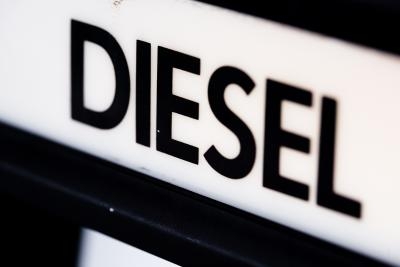
Fuel injectors are in constant use in an engine and can degrade over time. In Ford's 7.3-liter Powerstroke turbo-diesel engine, the eight fuel injectors are mounted in the fuel rail. These devices are very expensive due to their hybrid electric and hydraulic construction. Before committing to replacement or rebuilding of the injectors, there are a couple of tests you can do to determine whether the secondary electronics are sending a signal to the injectors, since failures in secondary modules will render the injectors inoperative.
Scan your Powerstroke and record the engine malfunction codes. With the Powerstroke's injectors, there are three possible general issues: fuel, electrical and hydraulic inputs. Engine codes help narrow down the possibilities. If you see multiple injector fault codes, or error codes such as P1316 (Ignition Diagnostic Monitor Codes Detected) this may be an electrical issue with the injector driver module (IDM) or the crank position sensor (CPS) described below.
Use a scan-tool to conduct a scanner "buzz" test. A buzz test determines whether the injector is receiving an electrical signal from the IDM, which is located on the driver side fender near the firewall. It is usually a big silver box above the PCM. If you cannot afford a scan-tool, consider paying an independent shop to scan your truck. The buzz test will not identify a bad injector, it will identify if your injectors are receiving a proper electrical impulse. If you do not hear buzzing from any injector, that indicates a general electrical issue. If you fail to hear buzzing from a specific injector, then the problem lies with the silent injector. If none of the injectors buzz, check the IDM Maxi-fuse No. 8 in the engine bay fuse box.
Replace the crank position sensor (CPS). The CPS tells the IDM when to fire the injector solenoids. The CPS sensor is located on the passenger side, on the front of the motor. It is an inexpensive and easily replaced item. If you have not changed your CPS in a few years, it is an easy potential failure point to correct.
Check the wiring harness over the driver side valve cover on the engine. A common problem is the harness rubbing on the cover and eventually splitting. Also check the pins of the injector connectors outside of the valve covers for corrosion or damage.